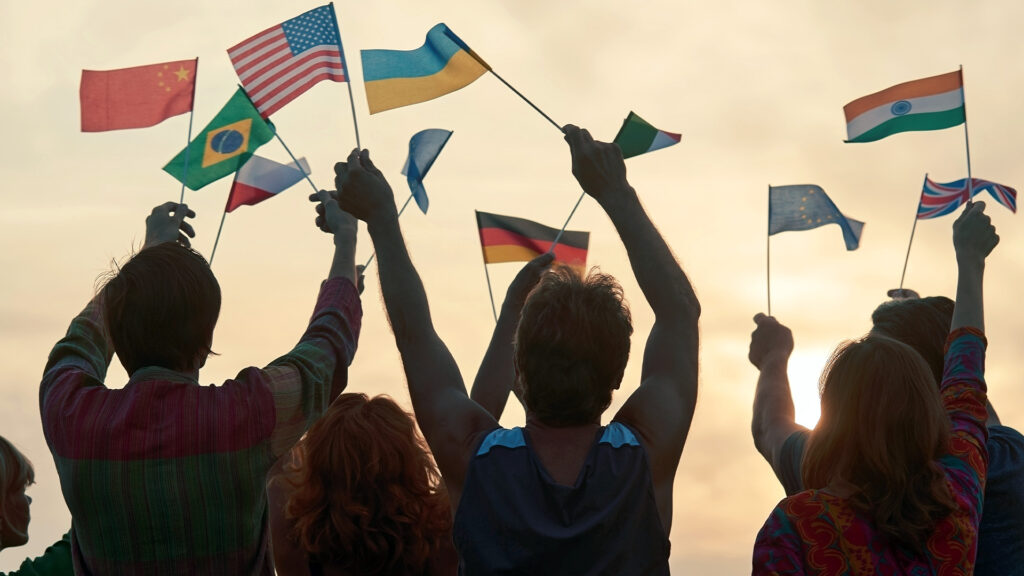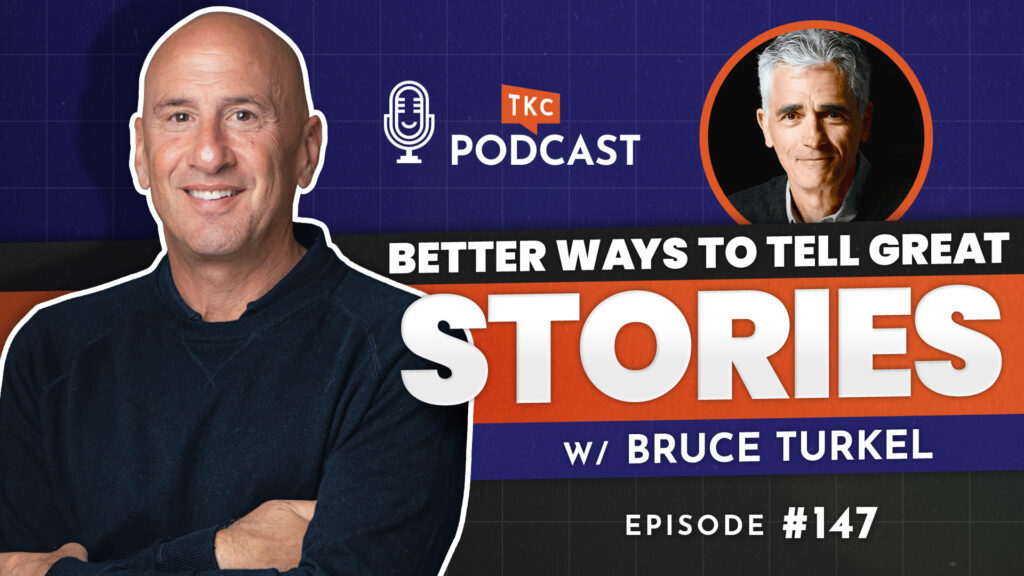- The Keynote Curators - Top Speaker Agency in North America
Sonia Nazario is an award-winning journalist whose stories have tackled some of this country’s most intractable problems — hunger, drug addiction, immigration — and have won some of the most prestigious journalism and book awards.
She is best known for Enrique’s Journey, her story of a Honduran boy’s struggle to find his mother in the U.S. Published as a series in the Los Angeles Times, Enrique’s Journey won the Pulitzer Prize for feature writing in 2003. It was turned into a book by Random House and became a national bestseller.
Her recent humanitarian efforts to get lawyers for unaccompanied migrant children led to her selection as the 2015 Don and Arvonne Fraser Human Rights Award recipient by the Advocates for Human Rights. She also was named a 2015 Champion of Children by First Focus and a 2015 Golden Door award winner by HIAS Pennsylvania. In 2016, the American Immigration Council gave her the American Heritage Award. Also in 2016, the Houston Peace & Justice Center honored her with their National Peacemaker Award.
Nazario, who grew up in Kansas and in Argentina, has written extensively from Latin America and about Latinos in the United States. She has been named among the most influential Latinos by Hispanic Business Magazine and a “trendsetter” by Hispanic Magazine. In 2012 Columbia Journalism Review named Nazario among “40 women who changed the media business in the past 40.” In 2020, Parade Magazine named Nazario one of “50+ Most Influential Latin-American Women in History.”
She is a graduate of Williams College and has a master’s degree in Latin American studies from the University of California, Berkeley. She has honorary doctorates from Mount St. Mary’s College and Whittier College. She began her career at the Wall Street Journal, and later joined the Los Angeles Times. She is now at work on her second book.
Sonia Nazario decided to become a journalist after seeing the blood of two journalists on the sidewalk near her home in Argentina. The journalists had been murdered by the ruling military dictatorship for trying to tell the truth about what was going on. Nazario was 14 years old. As a young journalist, Nazario wrote about social and social justice issues but was taught to keep her opinions in check. But with immigrant children, some things she witnessed cried out for advocacy. Some things seemed clear cut and simply wrong. Nazario saw children as young as seven years old forced to go before immigration judges to argue their own asylum cases, where the consequences could be life or death, without the help of a lawyer. Readers pushed her into activism as well. They didn’t want to just hear about the problem. If Nazario had studied and written about immigration for 30 years, what were the solutions? Ones both sides could get behind? They didn’t understand when Nazario told them, as many journalists do: here’s the problem, you figure out the solution, you get involved to fix it! In an era where readers face a barrage of information, sometimes journalists must step up and simply say what's what. Nazario has covered immigration for decades as a reporter, and had come to know this issue deeply. She knows who benefits and who is harmed by unlawful migration. She knows what works to curtail migration and which approaches are bogus. Nazario's prescriptions are pragmatic and evoke both praise and offense from both sides of this thorny issue. After writing many narrative stories and a book about immigrants, immigration had transformed from a topic of interest to a compelling understanding of one of the most polarizing issues of our time.
Using powerful photographs, Nazario walks us through that understanding, and shows why she believes others should now step up and fight for child migrants, too.
The U.S. has cut the number of refugees it accepts to virtually zero – a reversal of the moral reckoning this country had after WWII, when it turned away a ship with 900 Jews fleeing the holocaust. After that incident the U.S. vowed: never again. It became the leader in the modern-day movement to help people fleeing harm. In her talk, two-time Pulitzer Prize winner Sonia Nazario will discuss who is now coming to the U.S., the journey they make, and how the U.S. can both welcome the stranger and curtail unlawful migration by implementing three solutions rarely discussed in the heated immigration debate.
Using award-winning photographs, Sonia Nazario takes you inside the journey made by millions of immigrant women who have come to the U.S. as single mothers in recent years, and the world of the children they have left behind in their home countries in Central America. She discusses the modern-day odyssey many child migrants—some as young as seven, all of them traveling alone—make many years later riding on top of freight trains through Mexico in their quest to reunify with their mothers in the United States. Many today are also fleeing some of the most dangerous countries on earth in central America. Nazario, who spent three months riding on top of these trains to tell the story of one child migrant named Enrique, shares her story in the context of determination.
As the child of immigrants, she discusses the power of determination in her own life—in overcoming the death of her father at age 13, living through parts of the Dirty War in Argentina, where her own sister was tortured by a military dictatorship, and overcoming major travails in college in the U.S. to ultimately become the youngest person hired at the Wall Street Journal and one of a handful of Latinos to win the Pulitzer Prize. Unlike many who speak on this topic, Nazario sees immigration as an issue with many shades of gray--with winners and losers. She discusses how traditional approaches to the issue of immigration—pushed by politicians both on the left and the right—haven’t worked, and offers novel solutions to one of America’s biggest and thorniest issues.

Learn how to calm digital anxiety with proven analog strategies from former White House CIO Theresa Payton that can help you restore your human connections.
Read More
Navy fighter pilot Jack Becker reveals how elite teams catch errors fast, protect blind spots, and perform under pressure using proven teamwork strategies.
Read More
Human rights keynote speakers who turn ideals into everyday actions—discover voices bringing dignity, belonging, and courage to your stages.
Read More
Learn from Hall of Fame speaker Bruce Turkel how story transforms events from forgettable content into experiences attendees quote months later.
Read More
Design your New Year with intention using proven strategies from top thought leaders & transform your 2026 events from calendar fillers into meaningful moments.
Read More
Learn from emcee Scott Bloom how shifting your attention from yourself to your audience creates transformative speaking experiences that drive real engagement.
Read More